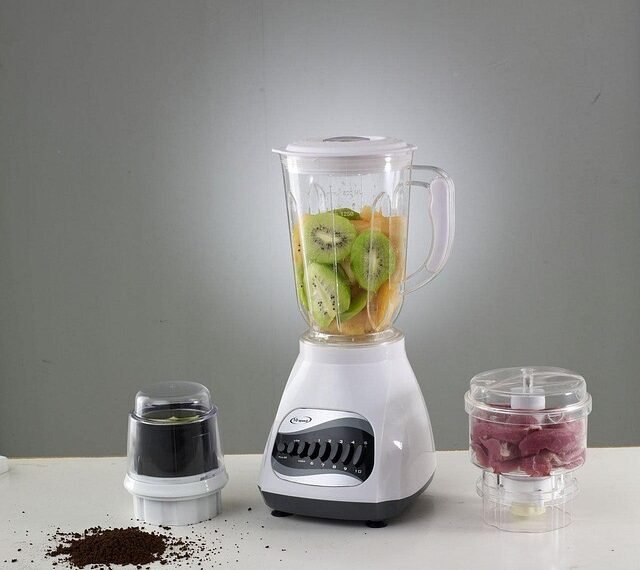Butter plays a key role in baking, and the kind you use can change the taste and texture of your cakes. If you’ve ever wondered whether to go with salted or unsalted butter, you’re not alone. Most home bakers in India grow up using regular salted butter, but once you get into serious baking, you’ll notice recipes often call for unsalted butter. So, what’s the difference—and which one is better?
Salted butter has salt added during the production process. It usually tastes creamy and has a savory touch, depending on the brand. It also lasts longer due to the salt working as a natural preservative. Unsalted butter, on the other hand, is pure and fresh with no added salt. Bakers love using it because it lets them control the exact amount of salt in the recipe, which is important in baking where precision matters.
When baking, unsalted butter is the preferred choice. Since recipes are carefully balanced, even a small amount of extra salt can change the final result. Using unsalted butter gives you a clean, fresh base and better control over flavor. So, if a recipe just says “butter,” and doesn’t specify, it usually means unsalted.
But don’t worry if you only have salted butter at home. You can still bake great cakes and cookies by making small adjustments:
- Skip the salt in the recipe if you’re using salted butter.
- Taste the batter before baking—add a little sugar if it feels too salty.
- Try simple recipes like brownies or banana bread that are forgiving with salt.
- Choose low-sodium salted butter for better balance.
- Balance salty flavors with sweet toppings like whipped cream or powdered sugar.
Understanding your ingredients helps improve your baking. So next time you bake, think about your butter—it could make all the difference.



















